Artist: Del Shannon Album: The Further Adventures of Charles Westover
Year: 1968Duration: 0:0-1
An Exploration of Del Shannon's The Further Adventures of Charles Westover
It's not every day that you come across an album that truly transports you to a different era, but Del Shannon's The Further Adventures of Charles Westover does just that. Released in 1968, this album is a true masterpiece of its time, showcasing Shannon's signature rockabilly sound blended with elements of orchestral pop and psychedelia. In this blog post, we'll take an in-depth look at the album, its genre, history, and best songs, as well as explore what makes it so innovative and critique it.
Del Shannon was an American singer, songwriter, and musician who rose to fame in the early 1960s with hits like Runaway and Hats Off to Larry. His unique blend of rock and roll, country, and rhythm and blues made him a beloved and influential figure in the music industry, and he was inducted into the Rock and Roll Hall of Fame in 1999. Shannon's music was known for its catchy hooks, tight harmonies, and emotional lyrics, and he was admired for his distinctive falsetto voice.
The Further Adventures of Charles Westover marked a departure from Shannon's earlier music, as he experimented with new sounds and styles. The album blended rockabilly with orchestral arrangements, creating a lush and unique sound. It also featured elements of psychedelia, a genre that was beginning to gain popularity at the time. This combination resulted in a distinctive sound that was both progressive and nostalgic.
The album's standout tracks include Gemini, Silver Birch, and Led Along. Gemini is a haunting ode to a lost love, complete with lush string arrangements and Shannon's distinctive vocals. Silver Birch is a rousing call to action, with a driving beat and infectious melody. Led Along is a soulful ballad that showcases Shannon's versatility as a songwriter. These songs, among others, capture the essence of Shannon's sound and showcase the artist at his best.
What makes The Further Adventures of Charles Westover so innovative is the way that Shannon incorporates orchestral elements into his music. This was a bold move at the time, as rock and roll was still seen as a relatively new and revolutionary genre. Shannon's use of strings, brass, and woodwinds elevates his music to new heights, creating a sound that is both sophisticated and accessible. He also incorporates elements of psychedelia, a genre that was beginning to gain popularity at the time. This combination of sounds and styles was truly groundbreaking and cemented Shannon's place in music history.
In terms of critique, while The Further Adventures of Charles Westover is an undeniably strong album, it does have its drawbacks. Some of the tracks can feel a bit repetitive, and there are moments where the orchestral arrangements feel a bit overbearing. Additionally, some of the lyrics can come across as a bit heavy-handed, particularly on tracks like Cut and Come Again. That being said, these are minor quibbles, and overall the album is a true gem of its time.
In conclusion, The Further Adventures of Charles Westover is an enduring classic that deserves to be rediscovered by modern listeners. Shannon's unique blend of rockabilly, orchestral pop, and psychedelia created a sound that was both innovative and timeless. The album's standout tracks, such as Gemini, Silver Birch, and Led Along, showcase Shannon at his best and highlight the artist's versatility as a songwriter. While the album is not without its flaws, it remains a must-listen for anyone interested in the history of rock and roll and the evolution of music in the 1960s.
In conclusion, The Further Adventures of Charles Westover is an enduring classic that deserves to be rediscovered by modern listeners. Shannon's unique blend of rockabilly, orchestral pop, and psychedelia created a sound that was both innovative and timeless. The album's standout tracks, such as Gemini, Silver Birch, and Led Along, showcase Shannon at his best and highlight the artist's versatility as a songwriter. While the album is not without its flaws, it remains a must-listen for anyone interested in the history of rock and roll and the evolution of music in the 1960s.
Other #Classic pop albums:
SIMILAR BANDS
balls, from 1 to 5, describe similarity between the two bands
SOMETHING NEW? LISTEN TO RADIOGENRE
SUGGESTED PLAYLISTS

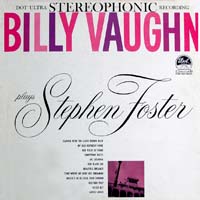
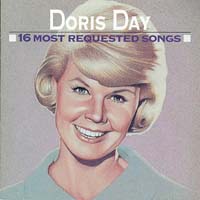
.jpg)

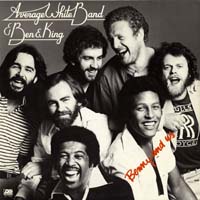
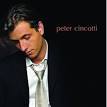

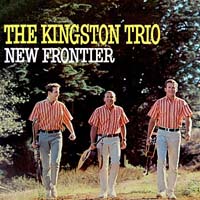
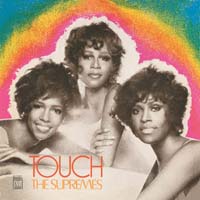
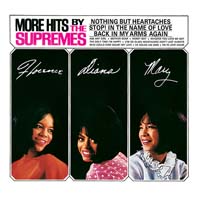
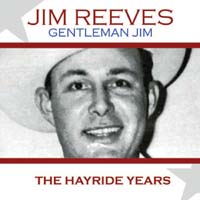

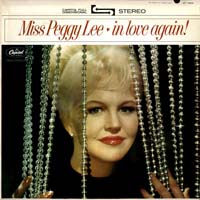
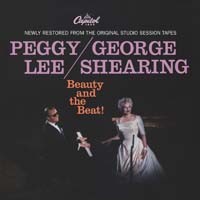
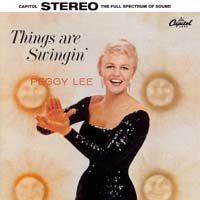
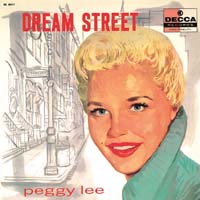
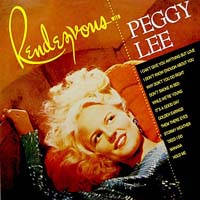
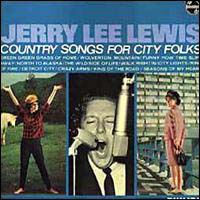
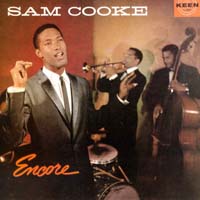

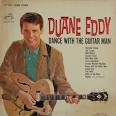



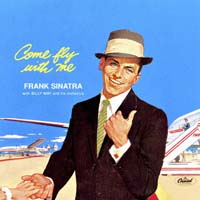
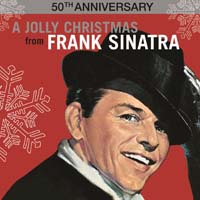

 Raggajungle
Raggajungle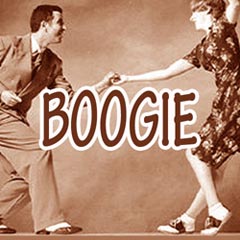 Boogie-woogie
Boogie-woogie Sardinia
Sardinia Reggae
Reggae Pizzica
Pizzica Beat Drop
Beat Drop Grunge
Grunge Trance
Trance Drone doom metal
Drone doom metal Spanish trap
Spanish trap The very best of dubstep
The very best of dubstep The very best of industrial rock
The very best of industrial rock The very best of country
The very best of country Reality surpasses fiction
Reality surpasses fiction Relax and take a trip hop
Relax and take a trip hop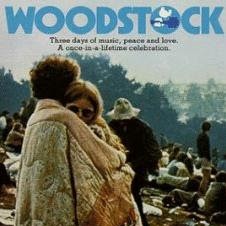 Woodstock, a piece of rock music history
Woodstock, a piece of rock music history The very best of progressive rock
The very best of progressive rock The very best of thrash metal
The very best of thrash metal The very best of rumba
The very best of rumba The good America
The good America